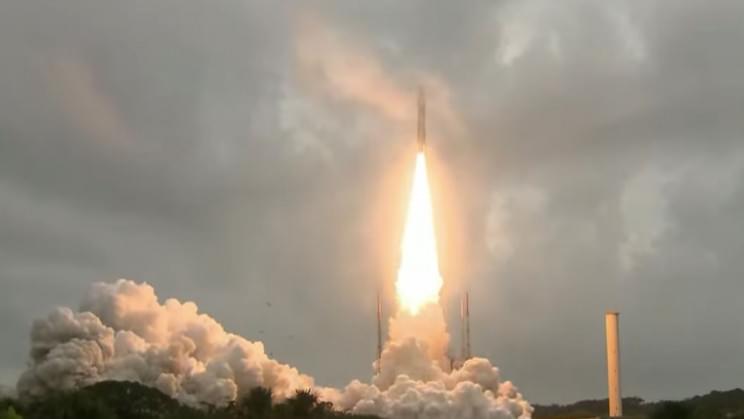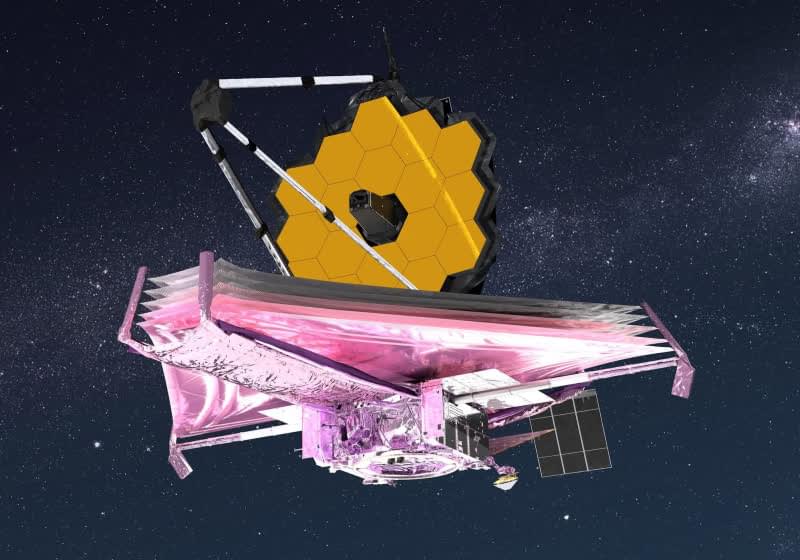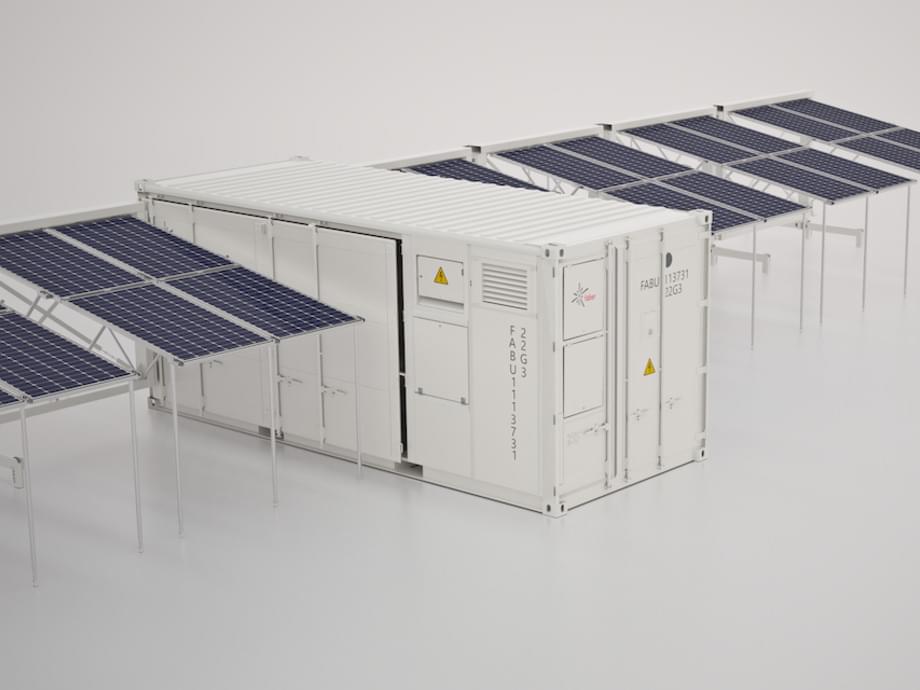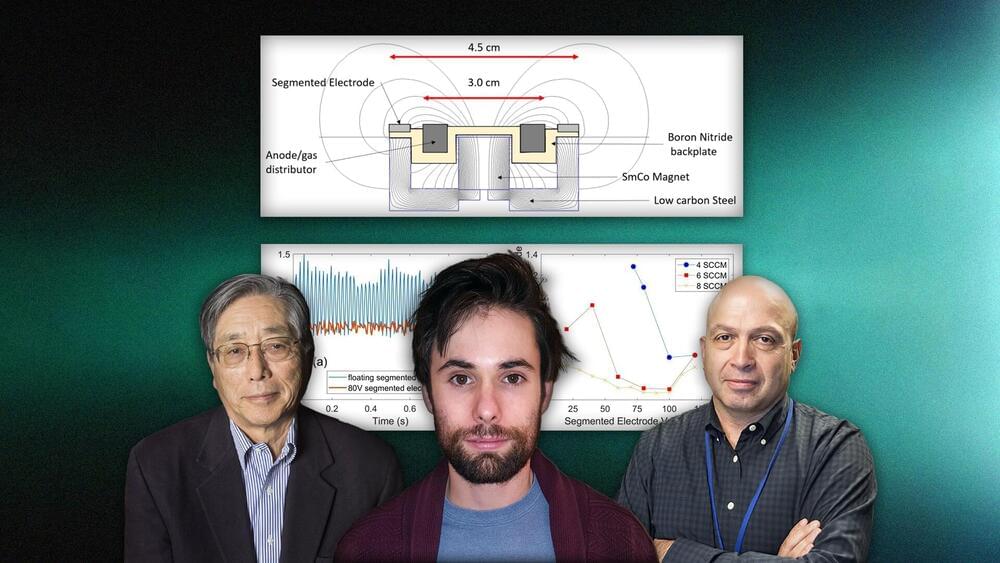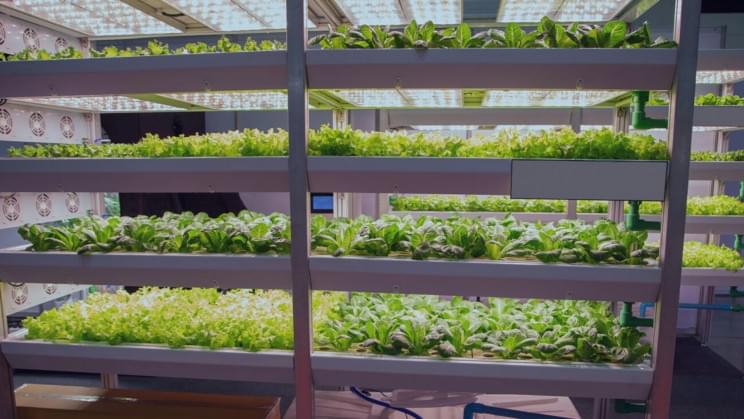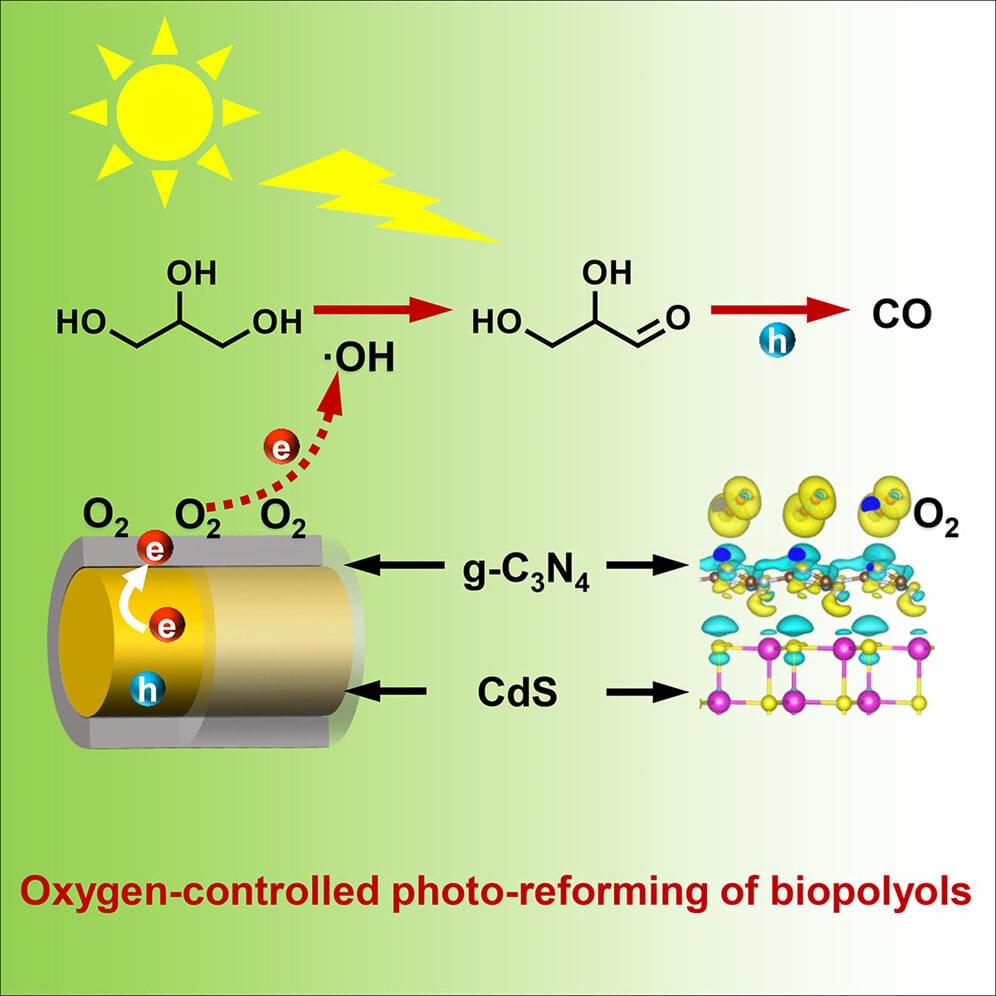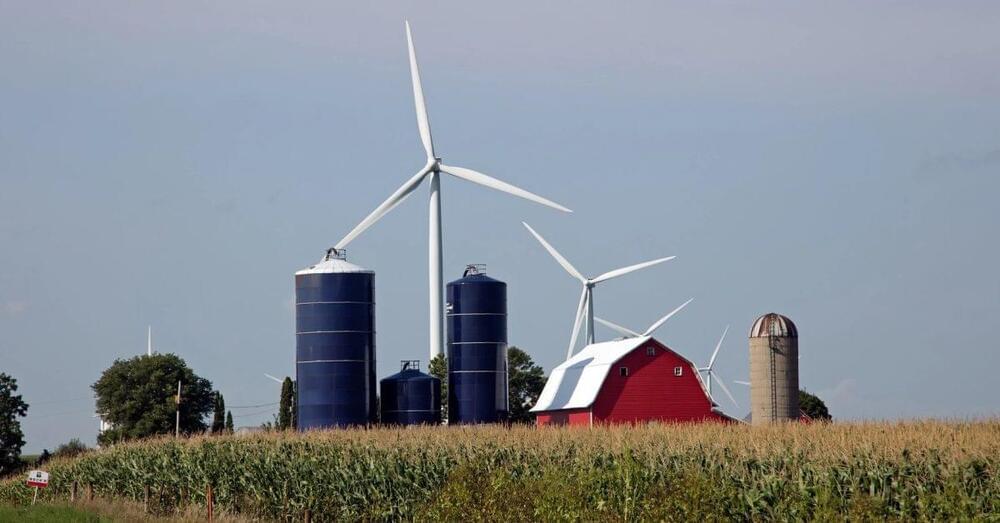Thanks to Ariane 5 rocket launching Webb on the right path.
After nearly 30 years of planning and thorough work, NASA finally got to launch its $10 billion next-generation space observatory, the James Webb Space Telescope (JWST), on Christmas day. JWST is now headed on a long six-month trip until it can begin its science mission and start to conduct routine science operations.
Now, it turns out that JWST might be traveling and collecting data for much longer than initially expected. JWST was forecast to be operational for 5 to 10 years, but NASA’s latest analysis revealed that the observatory should have enough fuel to “allow support of science operations in orbit for significantly more than a 10-year science lifetime.”
